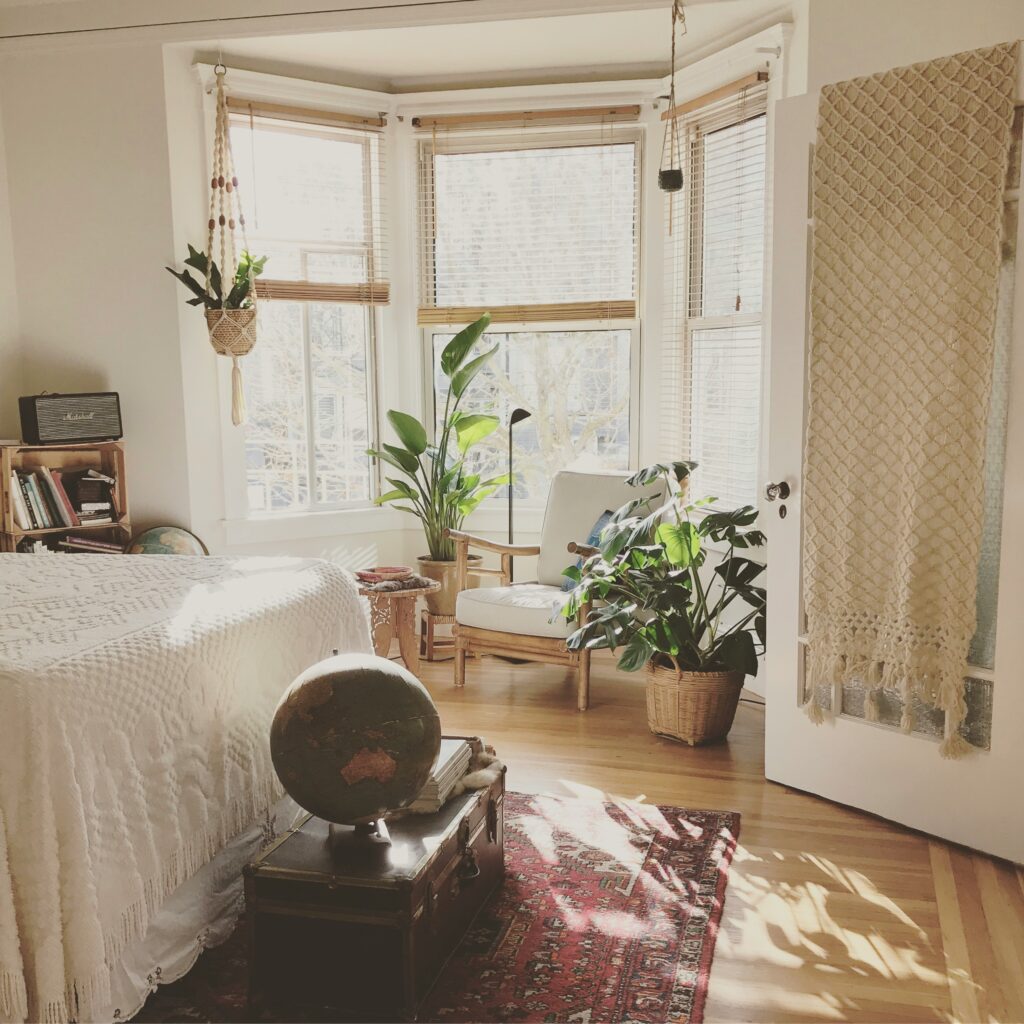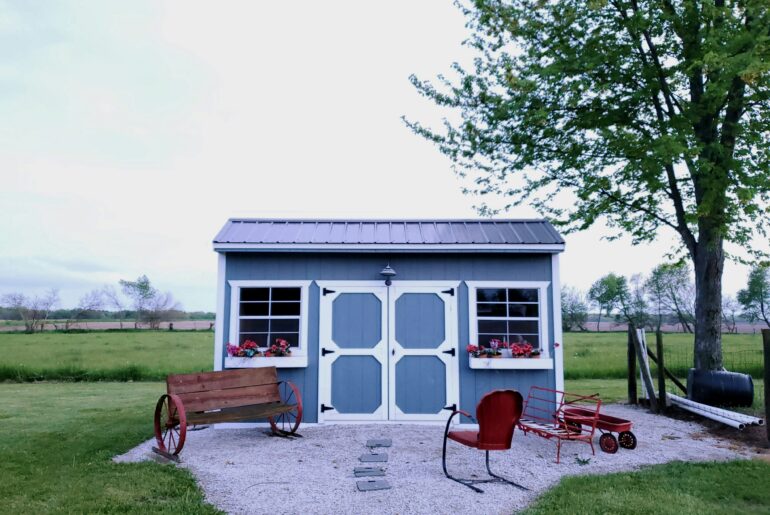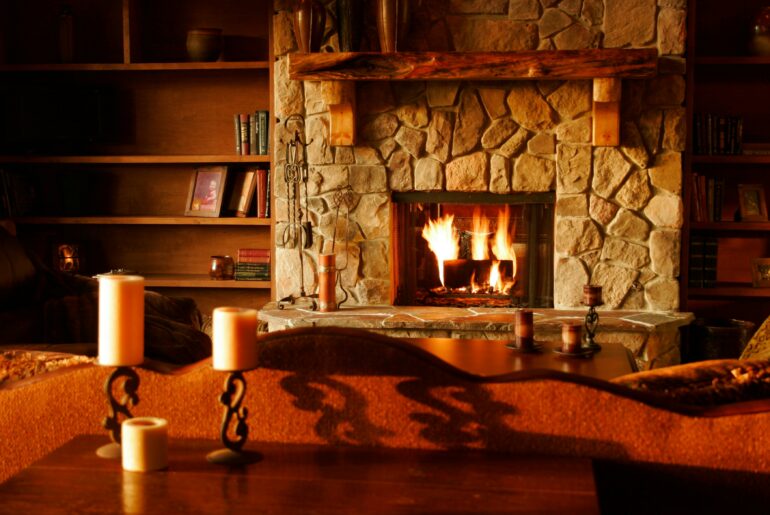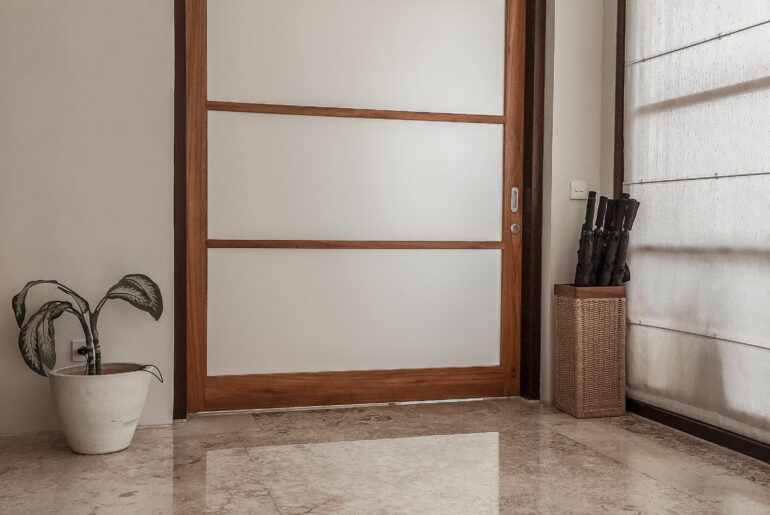Living in an apartment has many benefits, you might be centrally located, have a great sense of community, and have superb views of the city from those wonderful windows. It’s just a shame that it’s sometimes too cold to stand at stare at the view for very long.
In many apartment buildings, there are regulations laid down to prevent individual occupants from carrying out works that might compromise the look, the integrity, or the value of the property. This is all very sensible, so how can you insulate your apartment windows without compromising the building’s rules?
Here’s what we think you should be able to do without causing the building managers any concern.
Finding the Source: Draft Detection
Air leaking in or out of the apartment is your biggest concern. Windows are subject to the weather, heating, cooling, rain, and snow, and it all has an effect over time. Metal window frames may rust, and wood can rot and shrink and twist, while rubber seals can perish.
Finding air leaks, and detecting where the cold is getting in, is straightforward. A favorite method is the flame test, using a candle held close to the frame and sash you will be able to see where the flame flickers in a draft.
A safer thing to use is an incense stick that gives off a trail of smoke. The movement of the smoke will give you a telltale of where the worst air leaks are.
If neither option is available, simply use the back of your hand. Pass it up and down around the frame and sash and feel for the cold air coming in.
Solving the Problem of Apartment Windows
There are several ways that apartment windows can be successfully insulated against the cold, and also protect you from overheating on hotter days.
Draft Excluders
On older windows, the weatherseal between the sash and the frame can wear out or be nonexistent. These items are inexpensive and simple to upgrade or install. There will be a reasonable selection to choose from at your local big-box retailer.
Stopping drafts from entering the apartment around the sash and frame is a simple, fast way to start rehabilitating your cold windows. Open up the sash and take a look at what is already there.
Sometimes there will be a groove into which a rubberized profile is fitted. If so, clean it out with a thin blade. Use the back side of a craft knife or the flat edge of a screwdriver.
If you decide to use a self-adhesive weatherseal strip, perhaps there is no groove, or maybe the sash is metal, giving the area a little rub with 120 grit sandpaper will remove any loose material or paint and give it a key so that it will adhere better.
Do not try to fit anything too thick or it might make it harder to close the window. Indeed, the hinge side of the sash will usually take a thinner version of whatever weatherseal you decide to use.
Window Film
Adding a layer of thin polythene between yourself and the great wintry outdoors doesn’t sound like it would do a lot, but incredibly it can, when installed properly, effectively air seal an apartment window.
The good news is that the better-quality products are sold with a double-sided tape that leaves almost no residue, even after it has been on a window frame for months.
Again, it is another simple DIY fix that almost anyone can install. All you need is a pair of scissors, a tape measure, and a hair dryer. The clincher is that it will be almost completely invisible from the outside, thereby maintaining the look of the block.
Curtains: Two Jobs for the Price of One
Unless your lease is incredibly restrictive there can surely be no problem with regard to window dressing? Fitting lined curtains will help keep the heat where you need it, inside the apartment.
Thermal curtains are not only good for keeping an apartment warm in winter, but they are also a great idea during the hottest summer months. During a heatwave, keeping these curtains closed can reduce solar gain where direct sunlight heats up the air inside the apartment.
If your apartment has been built with cross ventilation, whereby there are windows on opposite sides of the building this can be used to help cool the space, if not, during a heatwave it is sensible to keep windows and curtains closed to help the aircon work its magic.
Frame Caulk & Low-Rise Spray Foam
So let’s take the DIY up a notch, but not so far that you are going to need approval from the building superintendent. Oftentimes in older apartment buildings the seal between the window frame and the wall isn’t as good as it could be.
If there is an architrave surrounding the frame, gently remove it and set it aside. You will likely find a small gap between the frame and the wall, the structural opening. If you have weathersealed your sashes and filmed the windows, and still there is a draft, well then in all probability, here is the source.
Push the nozzle of the low-rise spray foam into the gap and squeeze the trigger gently letting the foam fill the gap right around the frame. Once dry, cut off any excess and replace the architrave. Use caulk to fill any really small gaps, and bed down the architrave to make a double seal around the frame.
Secondary Glazing
All of the suggestions so far have been what you would call invisible solutions, air sealing methods to stop drafts that do not disrupt the fabric of the building. These are all worthy of consideration, however, in some cases, they might not be enough, especially in colder climate zones where an apartment block might be exposed to more extreme weather conditions.
If the apartment windows are protected for architectural or historic conservation reasons, then it may be possible to apply to the building management to install secondary glazing. Secondary glazing is usually a specialist made-to-measure solution with single-glazed sashes.
In a conservation setting, they should not impact the original windows, but they will act as a secure barrier against the cold and improve sound deadening.





